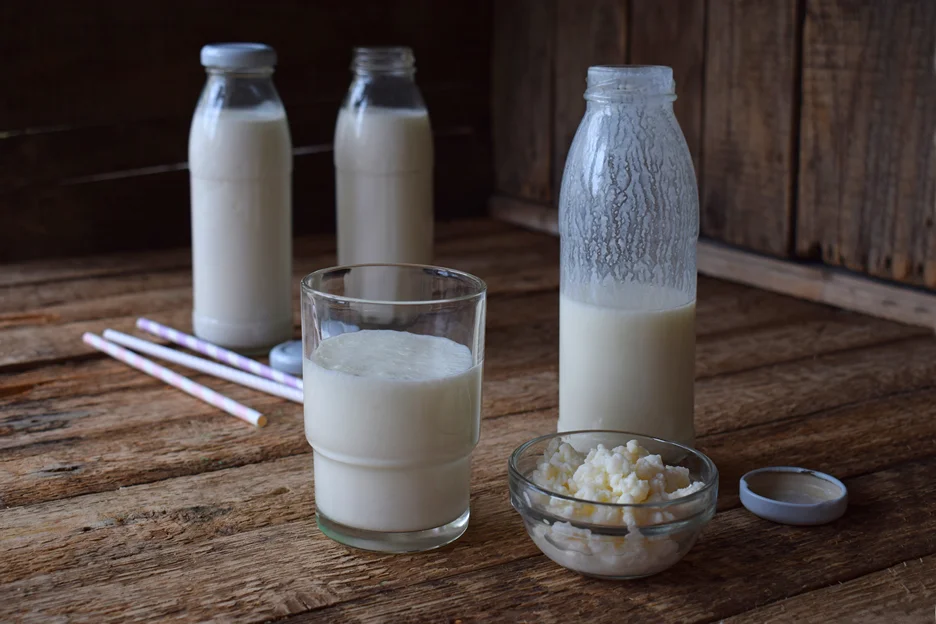Understanding Histamine and Its Role in Sleep
Histamine is a chemical messenger involved in various physiological processes in the body, including immune response, gastric acid secretion, and neurotransmission.
It is produced by mast cells and certain immune cells called basophils in response to infection or allergens.
Histamine exerts its effects by binding to one of four histamine receptor types: H1, H2, H3, and H4. The H1 receptor plays a key role in allergic inflammation and is the main receptor responsible for the symptoms of sneezing, itching, and sleepiness.
Stimulation of the H1 receptor can disrupt sleep, as it activates areas of the brain that promote wakefulness.
Many people experience histamine intolerance, which occurs when the body is unable to properly break down and eliminate excess histamine.
Symptoms of histamine intolerance resemble an allergic reaction and can include headaches, fatigue, digestive issues, and difficulty falling or staying asleep. The root cause is typically a deficiency in diamine oxidase (DAO) enzyme, the primary enzyme responsible for metabolizing dietary and inflammatory histamine in the body.
DAO for Regulating Histamine Levels
DAO is key to regulating histamine levels and ensuring it does not accumulate to toxic levels.When DAO levels are low, even small amounts of histamine from foods can cause symptoms as the body struggles to break it down efficiently.
This excess histamine activation of the H1 receptor is one way that DAO deficiency may disrupt normal sleep patterns and quality.
In the next section, we will explore DAO enzyme in more detail – what it is, why it is important, natural sources, and how maintaining optimal DAO levels can support restful sleep.
Key Factors Influencing DAO Regulation
This indigenous flora locally produces over half of our DAO directly within the small intestine. Consuming a diet rich in inulin-containing prebiotic fibers feeds these helpful colonies and supports their proliferation, promoting ongoing enzymatic expression at histamine metabolism sites.
Individualizing Management Protocols
WR advised that due to genetic and external influences on baseline homeostasis, elimination diets and supplement strategies must be carefully tailored to personal sensitivities, current stress levels, and unique trigger identifiers.
It’s best to avoid all suspected triggers for 4-6 weeks to allow DAO levels to recover and clearly delineate between reactive and non-reactive dietary components or lifestyle factors through a process of monitored reintroduction.
Benefits of a Holistic Self-Care Approach
By addressing gastrointestinal, immunological and neurological dysregulations at their root via whole-foods nutrition, meditation, exercise and other lifestyle modifications, we can restore equilibrium gradually rather than masking symptoms transiently.
This empowers self-sufficiency over reliance on interventions while improving resilience to future triggers through education-driven knowledge.
Addressing Potential DAO Enzyme Deficiency

For some individuals, dietary modifications and lifestyle changes alone may not sufficiently alleviate histamine intolerance issues. In these cases, further investigation into underlying enzymatic function can be prudent.
Symptoms of Potential Deficiency
Persistent manifestations both soon after meals as well as throughout the day, coupled with a lack of response to traditional antihistamine drugs, could signify inadequate baseline DAO levels to effectively metabolize typical dietary and microbial histamine loads.
Tests for Diagnosis
Urine and serum tests assess and compare histamine and methylhistamine concentrations before and after an oral histamine supplement load.
These can determine the percentage of exogenous histamine successfully metabolized through DAO activity. For suspected genetic mutations, genetic testing pinpoints specific roots of reduced enzymatic function.
Natural Ways to Boost DAO
Targeted probiotic supplementation with DAO-producing bacteria shown to colonize the small intestine promotes enzyme expression locally. Long-term consumption of the flavonoid quercetin and vitamin C aids natural histamine metabolizing processes systemically.
| Method | Mechanism | Daily Amount | |
| Probiotics | Lactobacillus plantarum supplement | Colonizes small intestine expressing DAO locally | 10-30 billion CFUs |
| Flavonoid | Quercetin from onions/citrus | Competitive histamine inhibition at receptor sites while recycling as antioxidant | 500mg from food or supplement |
| Vitamin | Vitamin C from berries/peppers | Aids quercetin recycling through redox reactions supporting natural processes | 200mg from food or supplement |
Medical Management if Needed
Addressing underlying causes is paramount, with prescription antihistamines seldom warranted and aimed only at symptom relief versus restoration of homeostasis. Multifaceted and individualized protocols consider specialized options tailored to personal health profiles.
Other Related Factors and Considerations
Optimizing DAO levels is just one piece of the puzzle. A holistic approach addressing multiple tools within our control can support natural histamine balance.
DAO enzyme and gut health
A healthy gastrointestinal microbiome, dominated by diverse communities of Firmicutes and Bacteroidetes phyla, maintains the integrity of the intestinal mucosal barrier – the thin epithelial cell layer separating gut microbes from the rest of the body.
This physical interface allows for effective DAO enzyme expression at its sites of histamine metabolism.
Prebiotic fibers like inulin feed existing beneficial bacterial strains such as Bifidobacteria and Lactobacillus, allowing their populations to proliferate for ongoing DAO production within the digestive tract.
Probiotic supplements rich in Lactobacillus plantarum have been shown to successfully repopulate the small intestine with DAO-metabolizing bacteria in those experiencing gut dysbiosis.
Both prebiotic and probiotic strategies serve as a first line of holistic defense against histamine intolerance resulting from suboptimal microbial composition.
Role of gut microbiome in histamine metabolism
Several opportunistic pathogenic bacterial species have also developed the enzymatic capacity to induce histamine synthesis from free histidine amino acid in certain conditions.
On the other hand, various commensal Escherichia species native to a balanced microbiota actively break histamine down through degradative enzymatic pathways.
Therefore, microbial landscape diversity plays an equally important role in tightly regulating histamine levels through complementary inductive and inhibitory activities within the GI tract.
Summary and Final Considerations

Achieving physiological homeostasis requires viewing all interconnected contributors holistically rather than targeting individual components in isolation.
By optimizing gut health, diet, lifestyle and stress management, we circumvent dependency on symptomatic interventions and proactively gain lifelong resilience to multiple disease triggers through knowledge empowerment.
Key regulatory factors
Maintaining intestinal mucosal integrity through a balanced microbiome dominated by SCFA-producing Firmicutes and Bacteroidetes allows indigenous bacteria like Bifidobacterium lactis to locally produce over half of our DAO directly at sites of histamine metabolism in the small intestine.
Consumption of inulin-rich prebiotic fibers feeds these beneficial populations for ongoing enzyme expression regulation within the digestive tract.
Individualized protocols
Personalized elimination diets and supplement strategies tailored to each individual’s histamine sensitivities, current stress levels, and genetically-influenced baseline homeostasis help restore equilibrium gradually through identification of unique triggers.
By avoiding all suspected triggers for 4-6 weeks, we allow renewed DAO production and clear delineation between reactive and non-reactive dietary components or lifestyle factors.
Long-term benefits of holistic self-care
By addressing root gastrointestinal, immunological and neurological dysregulations through a whole-foods Mediterranean-style diet, meditation, exercise and hydration, we reverse imbalances perpetuating histamine intolerance issues holistically rather than masking symptoms transiently.
This progression towards health optimization built on education confers lifelong resilience against multiple disease triggers and achieves self-sufficiency rather than dependence on external interventions.
